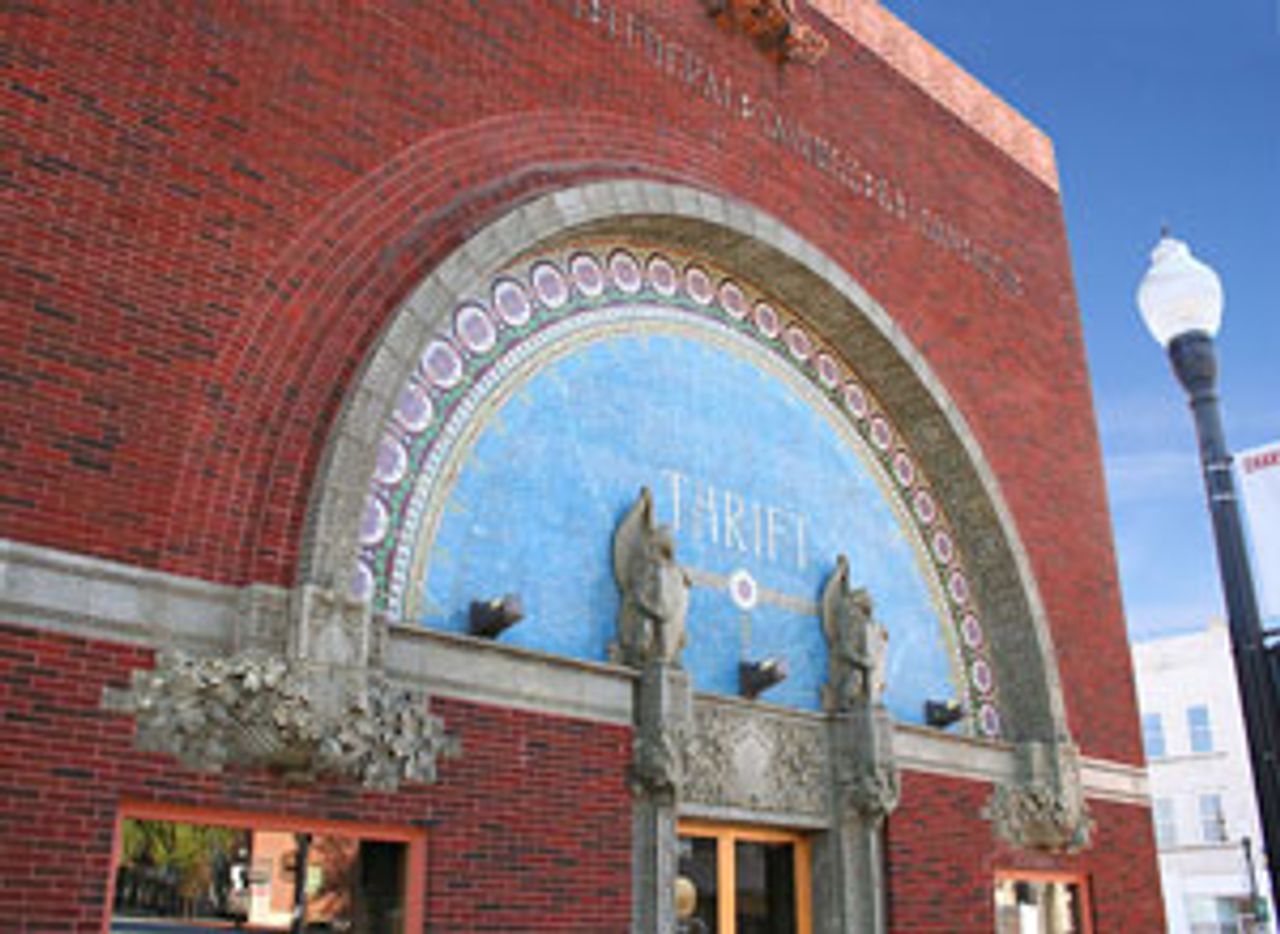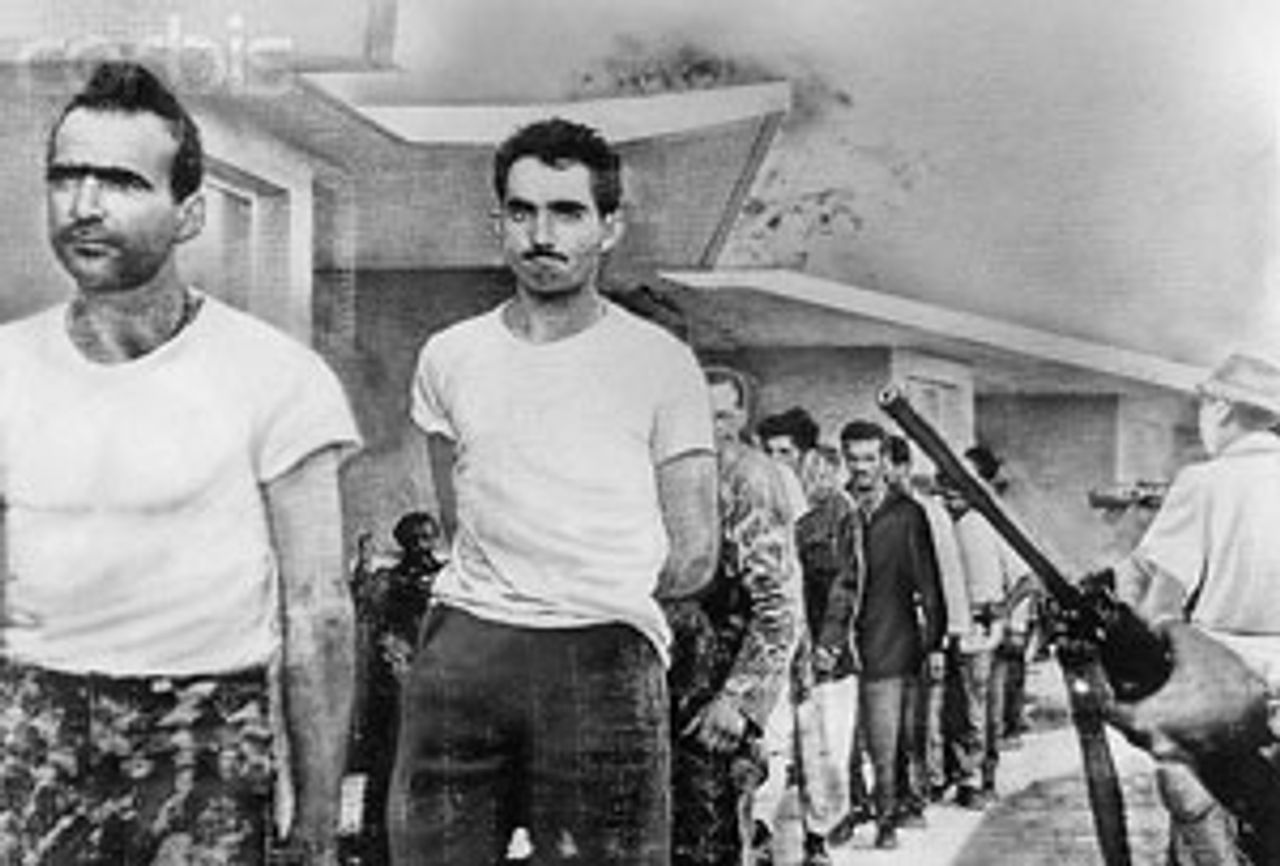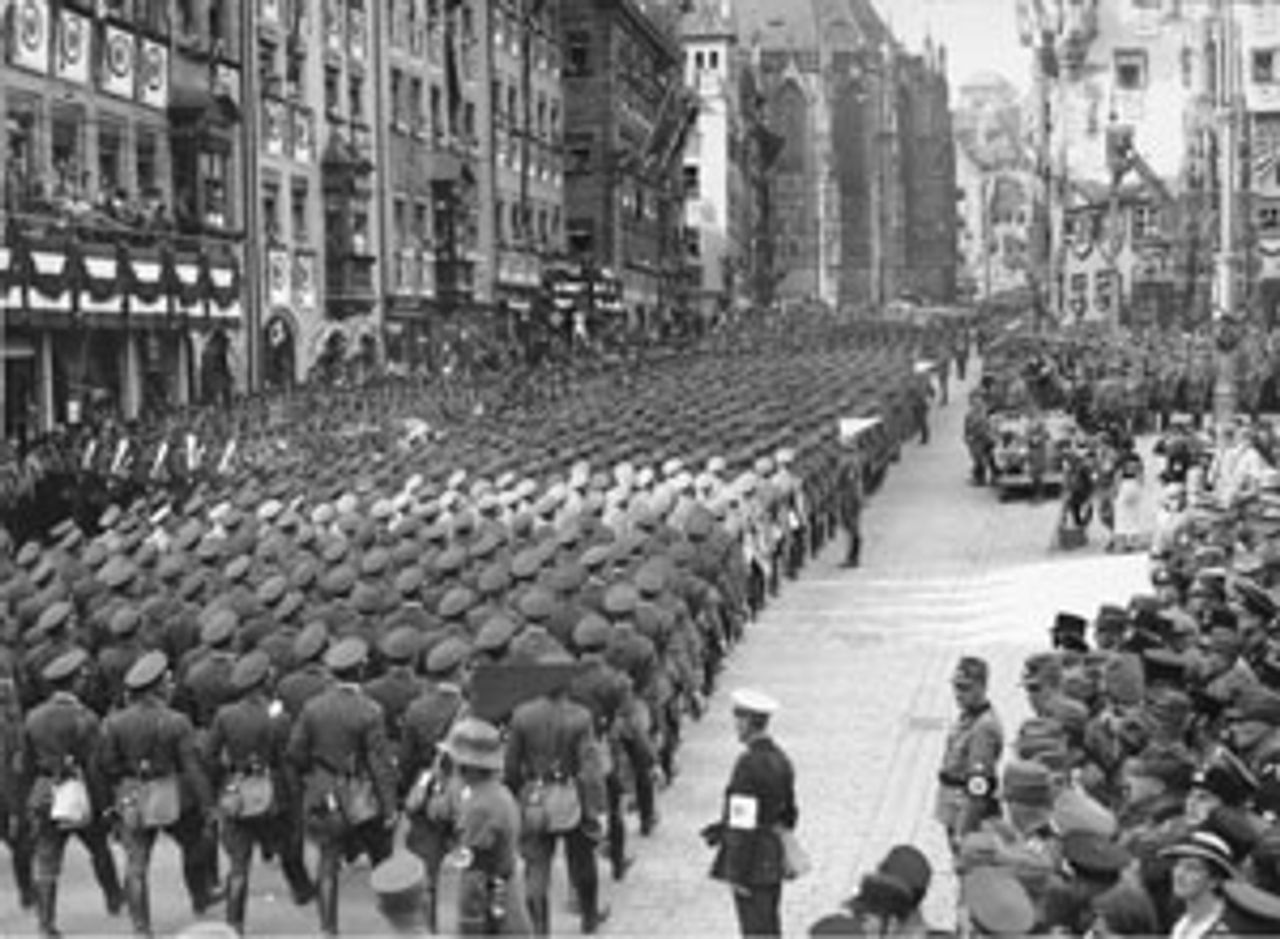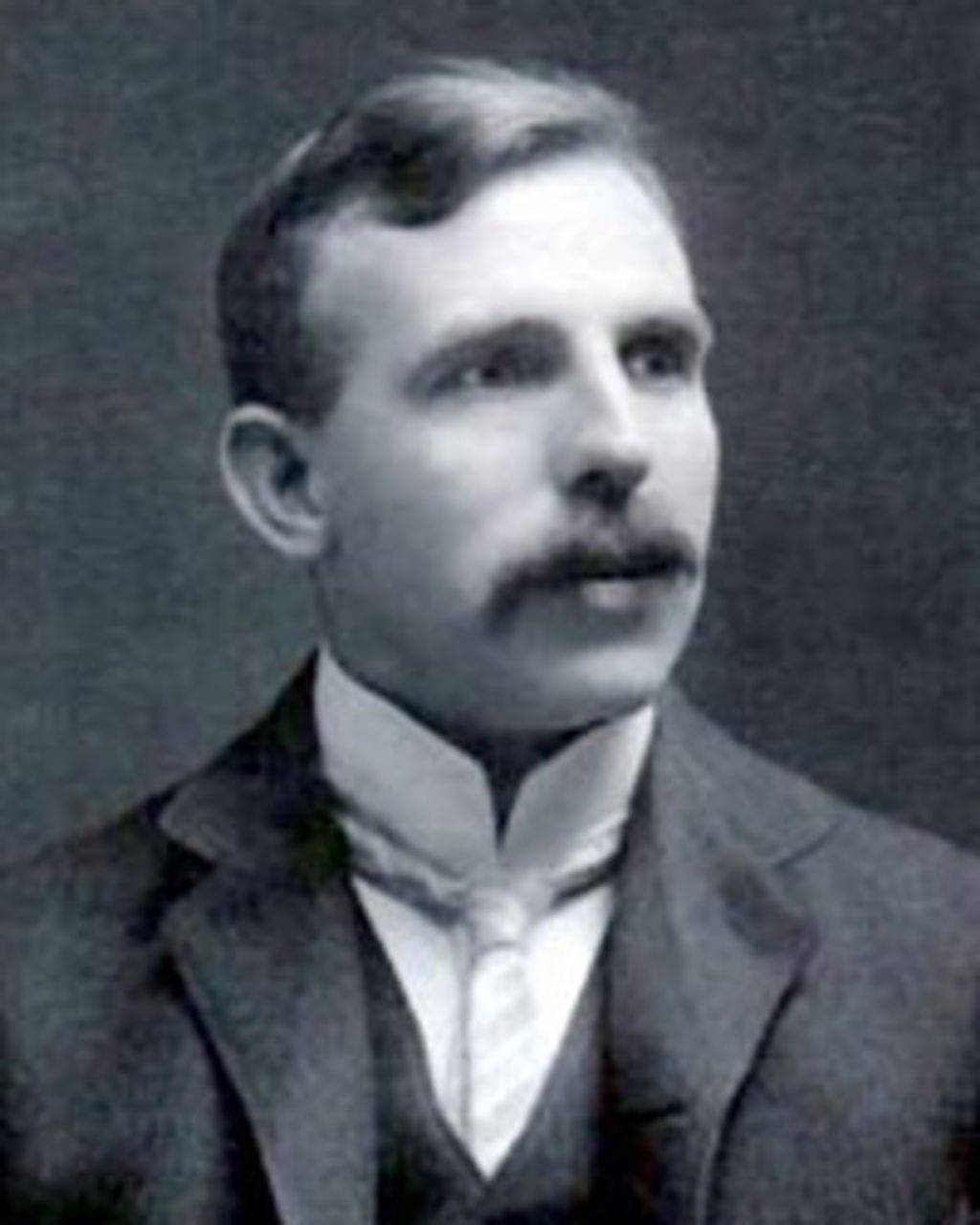This Week in History provides brief synopses of important historical events whose anniversaries fall this week.
25 Years Ago | 50 Years Ago | 75 Years Ago | 100 Years Ago
25 years ago: US announces bailout of savings and loan banks
 People's Savings and Loan, Sidney, Ohio (Louis
People's Savings and Loan, Sidney, Ohio (LouisSullivan, architecht)
On March 12, 1986, Ewin Gray, the chairman of the Home Loan Bank Board, outlined a plan to bail out the US savings and loan banking industry, which had seen hundreds of institutions become functionally insolvent over the previous three years as a result of financial speculation in the housing and money markets.
Gray, speaking before the House Banking Committee, said that $22.5 billion would be required to recapitalize the depleted Federal Savings and Loan Insurance Corporation, which guaranteed deposits in the so-called “thrift banks.” He rejected a Government Accounting Office estimate that 1,300 savings and loan banks with $433 billion in assets, 42 percent of the industry total, would face insolvency in the near future.
There were other indications that week that the so-called “Reagan recovery” was built on the rotten foundations of financial speculation. The New York Times reported that corporate raider Ivan Boesky was in the process of building a war chest of $1 billion to dismantle firms in the US and Europe; the Federal Reserve Board announced the relaxation of capitalization requirements for commercial banks; and one article in the Times described demands from the banking industry that adjustable rate mortgages be put in wider use, while another detailed the rapid proliferation of “innovative finance products” that made debt cheaper.
50 years: Kennedy administration plots Bay of Pigs invasion
 Invaders captured as a result of the failed Bay of Pigs
Invaders captured as a result of the failed Bay of Pigsinvasion
On March 11, 1961, newly elected US President John F. Kennedy held secret talks with CIA Deputy Director Richard M. Bissell regarding plans to invade Cuba and topple the nationalist government of Fidel Castro.
The plot centered on the secret military equipping of counterrevolutionary Cuban émigrés in Florida. Present at the meeting, in addition to Kennedy and Bissell, were Secretary of State Dean Rusk, Defense Secretary Robert McNamara and CIA Director Allen Dulles. Kennedy rejected as too obvious Bissell’s first plan, which called for a frontal assault on Trinidad beach. Days later, Bissell came back with a proposal for an invasion at the Bay of Pigs. According to one historian, “The Kennedy team was impressed, when they should have been incredulous.”
The plan to topple the Cuban government and assassinate Fidel Castro had been ordered by President Eisenhower a year earlier and put under the control of a CIA group known as the 5412 committee, headed by Dulles. The same group had been instrumental in the bloody overthrow of the Guatemalan government in 1954.
As part of the plan, CIA agents such as David Atlee Phillips, Jacob Esterline, E. Howard Hunt and Ted Shackley were arming and training right-wing Cuban émigrés in Florida. With the active participation of Dulles, they were recruiting major Mafia figures enraged over the loss of their lucrative Havana crime hub due to the Cuban revolution. These included Meyer Lansky, Havana and Florida mobster Santo Trafficante, Sam Giancana and Johnny Roselli of the Chicago “outfit,” and Louisiana crime boss Carlos Marcello (who had donated $500,000, via Teamsters union head Jimmy Hoffa, to aid Richard Nixon in his campaign against Kennedy in 1960).
75 years ago: German army remilitarizes Rhineland, breaking Versailles Treaty
 A German Wehrmacht march 1934
A German Wehrmacht march 1934In brazen contravention of the Treaty of Versailles, German armed forces re-entered the Rhineland on the 7th of March, 1936. Drawn up in 1919 after the First World War, the treaty stated that Germany was “forbidden to maintain or construct any fortification either on the left bank or the right bank to the west of a line drawn fifty kilometres to the East of the Rhine.”
Infringements “in any manner whatsoever shall be regarded as committing a hostile act… and as calculated to disturb the peace of the world,” the treaty declared.
On that Saturday, as Hitler declared the news to a jubilant Reichstag, some 30,000 troops and police entered the city of Cologne, with 3,000 troops penetrating the zone along the Rhine. Bordering France, the Netherlands and Belgium, rich in coal deposits and highly industrialized, the region was central to the Nazi’s drive towards “total war.”
Codenamed “Winter Exercise,” the remilitarization of the Rhineland was initially planned for the following year, but Hitler’s hand was forced by the need for a propaganda coup amidst a severe economic crisis, with food shortages and high unemployment creating rising anger in the German working class. In light of the looming Franco-Soviet mutual assistance pact, Hitler dressed up the Rhineland escalation as a defensive move against military encirclement.
Hitler was emboldened by the diplomatic maneuvering of France and Britain, which, like Nazi Germany, were primarily concerned with the threat of social revolution, which they still associated with the Soviet Union. Hitler was confident he could use diplomacy to negotiate the re-entry of the Wehrmacht into the Rhineland. But egged on by the then-Ambassador to the UK Joachim von Ribbentrop, Hitler instead chose to call the bluff of Paris and London by unilaterally settling the issue. His recklessness paid off. Neither Britain nor France lifted a finger to enforce Versailles.
100 years ago: Rutherford describes structure of atom
 Ernest Rutherford
Ernest RutherfordOn March 7, 1911, British physicist Ernest Rutherford presented a paper to the Manchester Literary and Philosophical Society that for the first time accurately predicted the existence of a nucleus at the center of an atom that was largely filled with empty space.
The paper, The Scattering of the Alpha and Beta Rays and the Structure of the Atom, showed that all but a tiny proportion of an atom’s mass lay within a dense center that comprised but one one-billionth of its volume, with lesser particles, electrons, orbiting it. Rutherford’s discovery came to be known as the “planetary model” because of the conceptual similarity between the atom and the solar system, in which the sun accounts for the great proportion of the mass with planets revolving around it.
The discovery came out of an experiment conducted in 1909 by Hans Geiger and Ernest Marsden in Manchester. Rutherford asked the researchers to study the deflection angles for alpha particles, derived from the radioactive decay of radium, as they passed through a microscopically thin sheet of gold surrounded by a circular sheet of zinc sulfide. To Rutherford’s astonishment, the extreme deflection angles of some of the radiation particles could not be explained by any existing theory of matter.
Rutherford described the moment of discovery in the following terms: “It was quite the most incredible event that has ever happened to me in my life. It was almost as incredible as if you fired a 15-inch shell at a piece of tissue paper and it came back and hit you. On consideration, I realized that this scattering backward must be the result of a single collision, and when I made calculations I saw that it was impossible to get anything of that order of magnitude unless you took a system in which the greater part of the mass of the atom was concentrated in a minute nucleus. It was then that I had the idea of an atom with a minute massive center, carrying a charge.”
